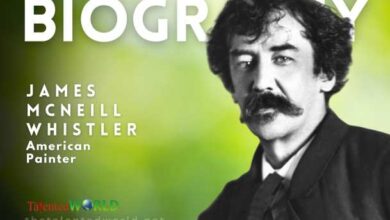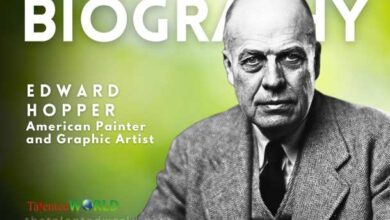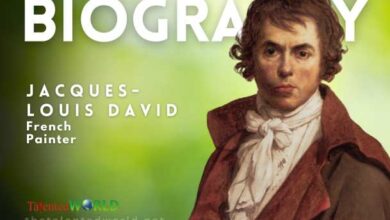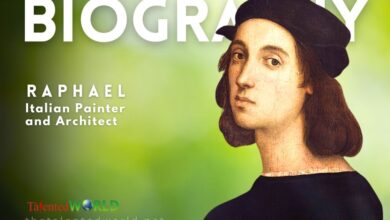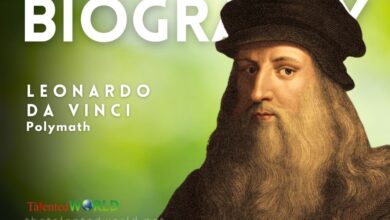| Full Name | Syed Sadeqain Ahmed Naqvi |
| Date of Birth | 30 June 1930 |
| Place of Birth | Amroha, British India (present-day Uttar Pradesh, India) |
| Date of Death | 10 February 1987 |
| Place of Death | Karachi, Pakistan |
| Nationality | Pakistani |
| Known For | Calligraphy, Painting, Murals, Poetry |
| Awards | Nishan-i-Imtiaz, Sitara-i-Imtiaz, Tamgha-i-Imtiaz, Pride of Performance |
| Notable Works | Around 15,000 paintings |
| Art Movement | Hurufiyya movement |
| Notable Influence | Transformed calligraphy into a mainstream art form, influencing subsequent generations of Pakistani artists |
| Early Life | Born into a family of calligraphers, migrated to Pakistan during the 1947 partition |
| Artistic Training | Joined the Progressive Writers’ and Artists Movement, spent time in Paris honing skills |
| Poetry Style | Wrote rubāʿiyāt in the style of Omar Khayyam and Sarmad Kashani |
| Medium of Work | Primarily known for his iconic Urdu calligraphy style |
| Contributions | Pioneer in bringing calligraphy into mainstream art, part of the broader Hurufiyya movement |

